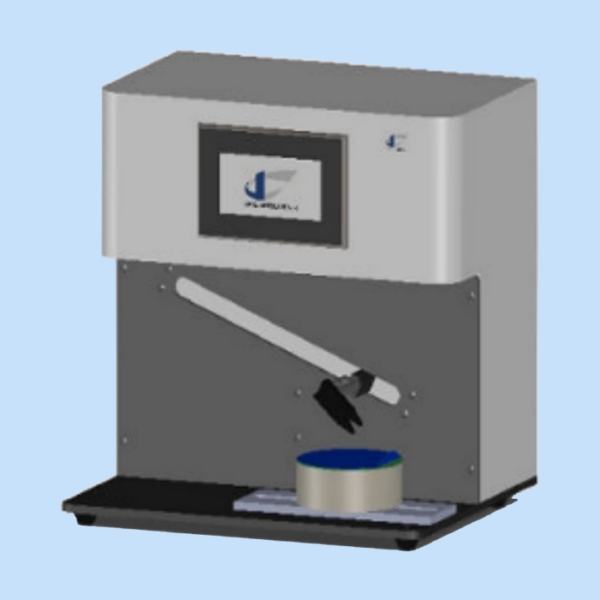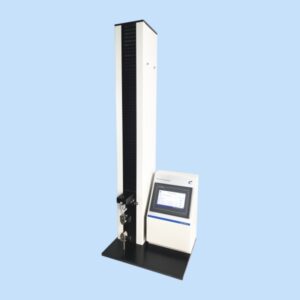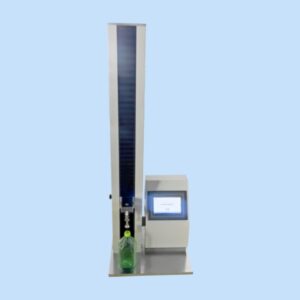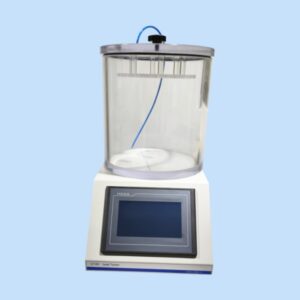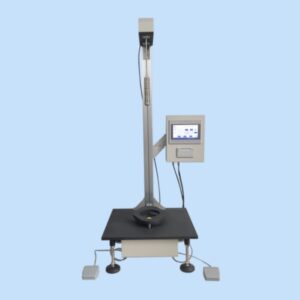CCPT-01 Container Lids Peel Tester
- Standard: ASTM F2824
- Manufacturer: Cell Instruments
- Applications: Packaging materials, medical device materials, pharmaceutical testing, containers, and more.
- Customization: Available for special testing requirements and automation transformations
I. Introduction of Container Lids Peel Tester
The Container Lids Peel Tester is an advanced instrument designed to measure the peel strength of container lids accurately. Ensuring the proper seal of packaging is critical across various industries, including food, medical, pharmaceutical, and more. Our tester provides reliable data to help maintain product integrity, safety, and compliance with industry standards. Peel testing is vital as it helps prevent contamination, ensure product quality, and maintain consumer trust.
II. Key Features and Benefits
The Container Lids Peel Tester stands out with its robust features and significant benefits, making it a preferred choice for various industries:
- High Precision and Accuracy: The tester adopts an internal three-pillar structure, a stepping motor, and a precision ball screw, ensuring good stability, a wide application range, and a user-friendly experience. This design enables high precision and accurate measurement of peel strength.
- User-Friendly Interface: Equipped with a PLC (Programmable Logic Controller) and an HMI (Human-Machine Interface) color touchscreen, the instrument is easy to operate and navigate, even for users with minimal technical background.
- Customizable Test Parameters: The instrument allows stepless speed regulation and offers both manual (click-to-move) and automatic test initiation. Users can set stroke positions or specify fixed force values and holding times.
- Overload and Stroke Protection: Ensures the safety and longevity of the instrument by preventing damage due to excessive force or movement.
- Fixed Value Test: Users can set the stroke position or specify a fixed force value and holding time, making it versatile for different testing requirements.
- Automated Data Recording and Analysis: Real-time force curve display and automated calculation of maximum, minimum, and average forces for group tests enhance efficiency and accuracy.
- Automatic Return to Original Position: After the test, the instrument automatically returns to its original position, streamlining the testing process.
- Compatibility with Various Container Lid Materials: The tester includes a customized jelly cup fixture with vacuum clamping, ensuring secure and accurate testing of various lid materials.
- Computer Software: Optional software enhances data management and analysis capabilities, offering more extensive reporting and integration options.
III. Technical Specifications
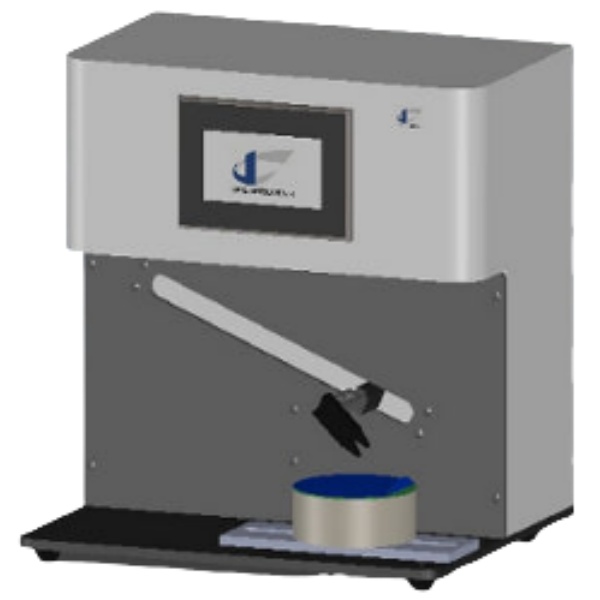
IV. Applications
The Container Lids Peel Tester is versatile and can be applied across various industries to ensure product quality and safety:
- Packaging Industry: Ensures the integrity of sealed packages, preventing leaks and contamination.
- Food Industry: Verifies the seal strength of food containers, maintaining freshness and preventing spoilage.
- Medical and Pharmaceutical Industries: Tests the seal strength of medical packaging to ensure sterility and safety.
- Adhesives and Tapes: Measures the adhesive properties of sealing materials, ensuring they meet required standards.
- Quality Inspection Agencies: Provides standardized testing for compliance and quality assurance, ensuring products meet regulatory requirements.
V. Testing Methods
Peel testing involves several key steps to ensure accurate and reliable results:
- Overview of Peel Testing Methodology: Peel testing measures the force required to separate a lid from its container, simulating real-world conditions.
- Description of the ASTM F2824 Standard: ASTM F2824, “Standard Test Method for Mechanical Seal Strength Testing for Round Cups and Bowl Containers with Flexible Peelable Lids,” outlines the specific procedures for peel testing, ensuring consistency and comparability of results.
- Detailed Steps for Conducting a Peel Test Using the Container Lids Peel Tester:
- Calibration and Setup Procedures: Calibrate the instrument to ensure accurate measurements. Set the appropriate peel rate and load capacity.
- Conducting the Test: Secure the container and lid in the tester, initiate the test, and record the force required to peel the lid.
- Interpretation of Results: Analyze the data, focusing on maximum, minimum, and average forces, and compare with industry standards to determine compliance.
VI. ASTM F2824 Standard
ASTM F2824 Standard Test Method for Mechanical Seal Strength Testing for Round Cups and Bowl Containers with Flexible Peelable Lids
- Purpose and Scope of ASTM F2824: The standard aims to provide a consistent method for measuring the mechanical seal strength of round cups and bowl containers with flexible peelable lids, ensuring reliability and reproducibility of results across different testing scenarios.
- Detailed Description of Test Methods and Procedures:
- Before starting the test, confirm the calibration of the force-measuring device.
- Identify the peel line of the sample container and secure the container in the test equipment fixture, ensuring the starting peel point and peel line are aligned so the peel direction follows the peel line.
- Attach the lid’s peeling tab to the grip of the force-measuring device.
- Set the peel rate to 12 ± 0.5 in./min (300 ± 12.7 mm/min) and initiate the test.
- After the test cycle is complete, record the measured results, remove the sample, and repeat the procedure for additional samples.
- Importance of Compliance with ASTM F2824: Compliance ensures that testing methods meet industry standards, enhancing credibility and reliability. It helps in maintaining product quality and meeting regulatory requirements.
VII. Customization Services
Our Container Lids Peel Tester can be tailored to meet specific testing requirements:
Tailoring the Instrument: Customization options include adapting the tester for different container shapes, sizes, and materials.
VIII. FAQ
The maximum load capacity is N, allowing for a wide range of testing applications.
Yes, the tester is compatible with various container lid materials, including plastic, aluminum, and composite lids.
The tester records real-time force curves and automatically calculates the maximum, minimum, and average forces, providing accurate and efficient data analysis.
Absolutely. The tester allows for customizable test parameters, including stepless speed regulation, fixed value tests, and automatic return to the original position.
Compliance ensures that testing methods meet industry standards, enhancing credibility, reliability, and ensuring that products meet regulatory requirements.

